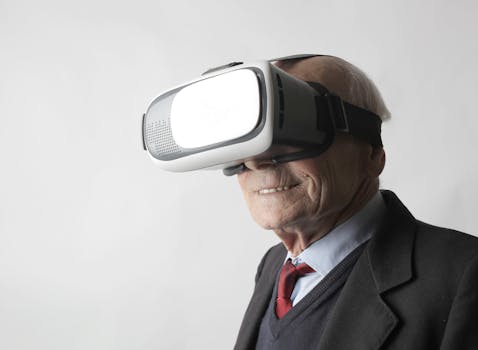
Introduction to Wearable Technology

As we move into 2025, wearable technology is set to redefine not just how we interact with our devices, but how we achieve well-being and maintain our health. This cutting-edge tech integrates closely with our daily lives, evolving beyond smartwatches and fitness trackers to more sophisticated, multifunctional devices.
Health and Wellness Revolution
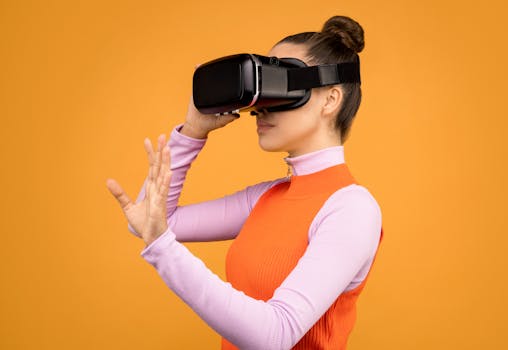
The global health landscape is hauntingly aware of preventive health practices. Upcoming innovations in wearable tech promise greater accuracy in health monitoring. For instance, devices with advanced biosensors to monitor glucose levels will benefit diabetics from emergencies to daily management. Look out for devices featuring ECG monitors as possible game-changers in early detection of heart conditions.
Fashion Meets Functionality
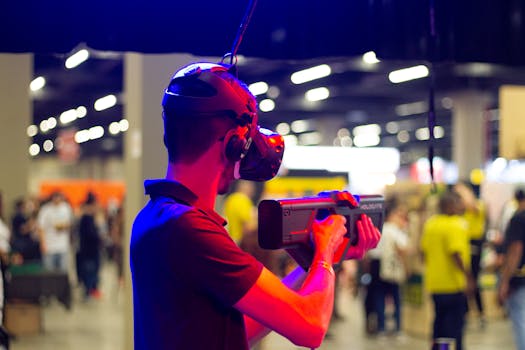
No longer confined to cutesy fitness gadgets, the future of wearable technology emphasizes aesthetics alongside functionality. Emerging trends suggest that we will see smart textiles — clothes embedded with sensors capable of tracking various biological rhythms. Brands are partnering with technology firms to produce activewear that meter performance unveiled sheer even on luxury lines.
Augmented and Virtual Reality Integration
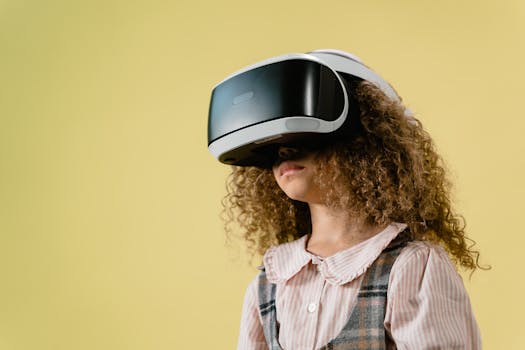
As augmented reality (AR) diversifies in applications, wearables are anticipated to habor those functionalities seamlessly into everyday life. Expect to see AR-headsets doubling up as social networking tools, device managers, or even gaming platforms. The technology not only evokes immersive experiences but will eventually drive industry-specific applications like enhancing professional training in industries like healthcare and education.
The Challenge of Data Privacy
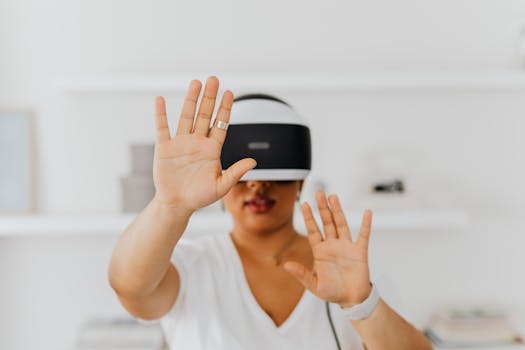
As the usage of wearables grows, so does the scrutiny over personal data security. Innovations within wearable tech also entail ensuring stringent monitoring of user privacy, from high-wearable contexts to cloud infrastructure. Advocacy for consumer protection will spark dialogues only anticipating tighter regulations around data sharing. Innovations will echo biometric security features that empower users to take control of their digital life.